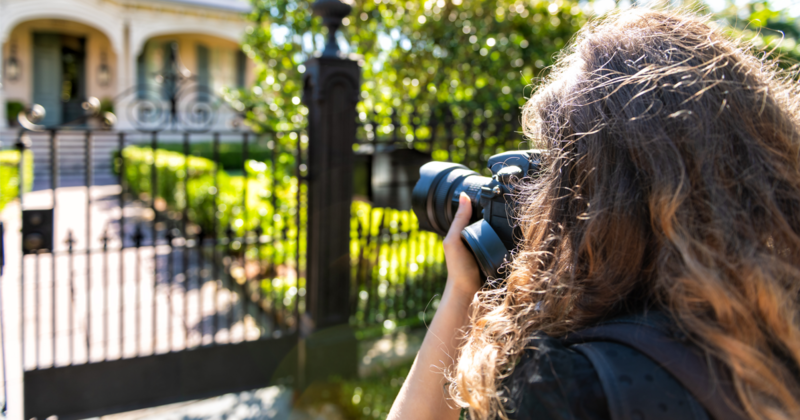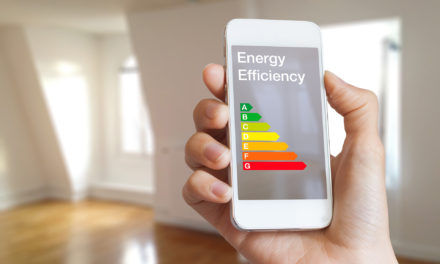Captivating photos are essential to selling a property. Great images catch the eye of prospects and help your listings stand out from the competition. And thanks to smartphone cameras, DIY real estate photography has never been more accessible.
But taking good real estate photos takes knowledge and some practice. Here are five ways to get the best possible shots for your listings.
1. Plan your shoot.
Create a shot list to organize your ideas and to make sure you get all the images you want or need. Here are a few things you probably want to include:
- Wide-angle shots of living rooms, kitchens and bedrooms
- Interior amenities such as laundry rooms, pantries and walk-in closets
- Exterior amenities like decks, patios, pools, hot tubs and accessory dwelling units
2. Consider the lighting.
Soft, natural light is best for exterior photos, so shooting early or late in the day is recommended. Overcast days can work well in a pinch but will lack the visual appeal of clear blue skies. While backlit photos can create a sense of drama, front-lit photos typically provide greater detail.
3. Pay attention to composition.
Don’t shoot every photo from the same angle. Aim for variety. But be mindful of what’s in the frame — a scruffy landscape outside the window can ruin an otherwise beautiful shot. Shooting from chest to eye level is recommended, but the point of view can vary.
4. Invest in a tripod.
Using a tripod allows you to stabilize your phone or camera at a set height and angle. This helps maintain vertical and horizontal lines and eliminates the distortions caused by shaky hands or sudden movements. As a result, the images you capture are sharper and cleaner.
5. Know when to hire a pro.
Capturing the personality of a property isn’t always easy. Outsourcing this time-consuming process to a professional can be well worth the expense — especially if drone photography is needed. Professional photographers have the equipment and experience to capture appealing images and the necessary editing software for optimal post-production.
For more helpful tips, reach out today.




